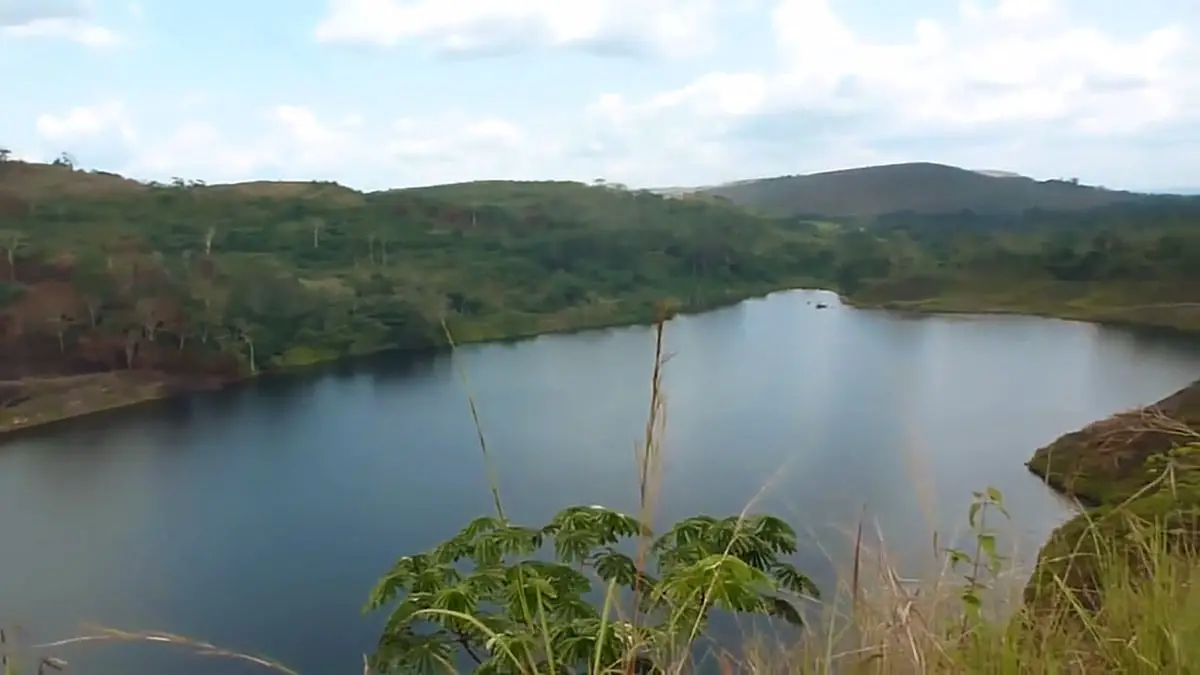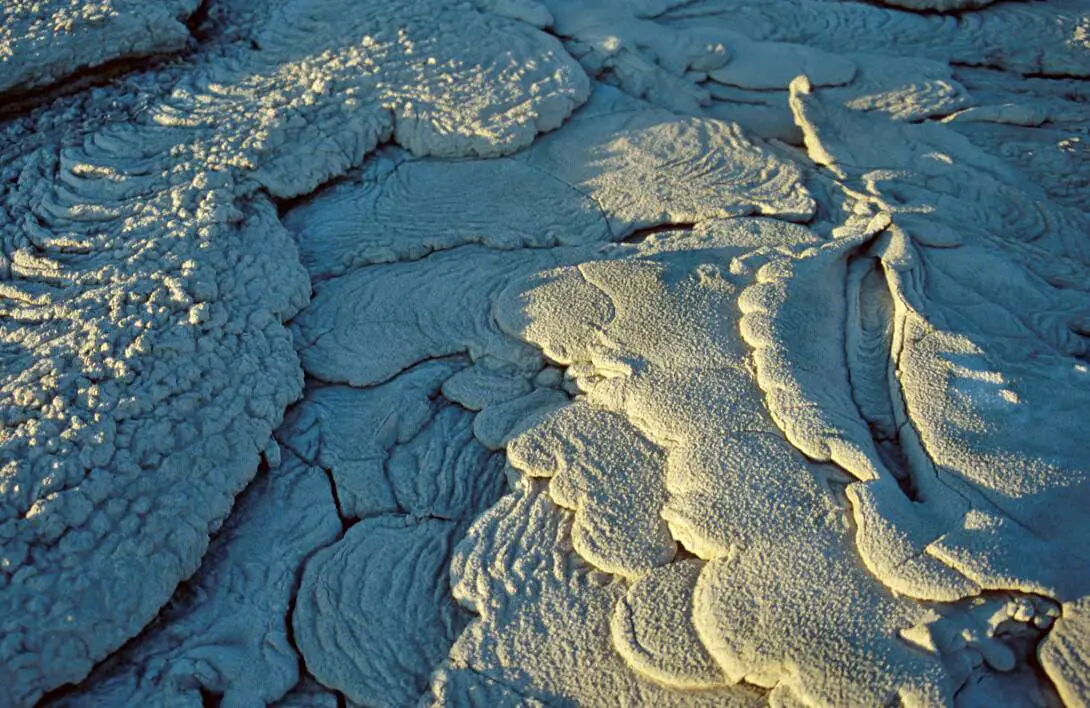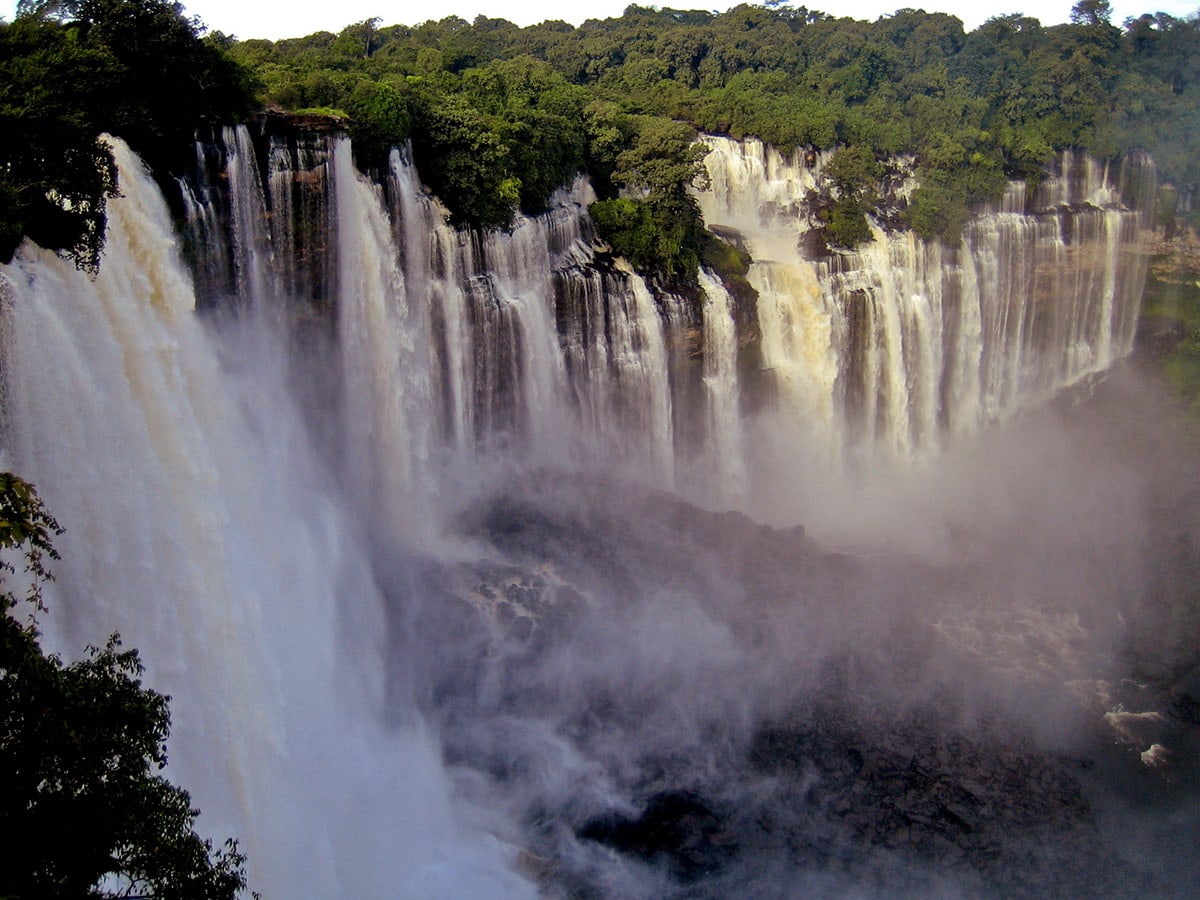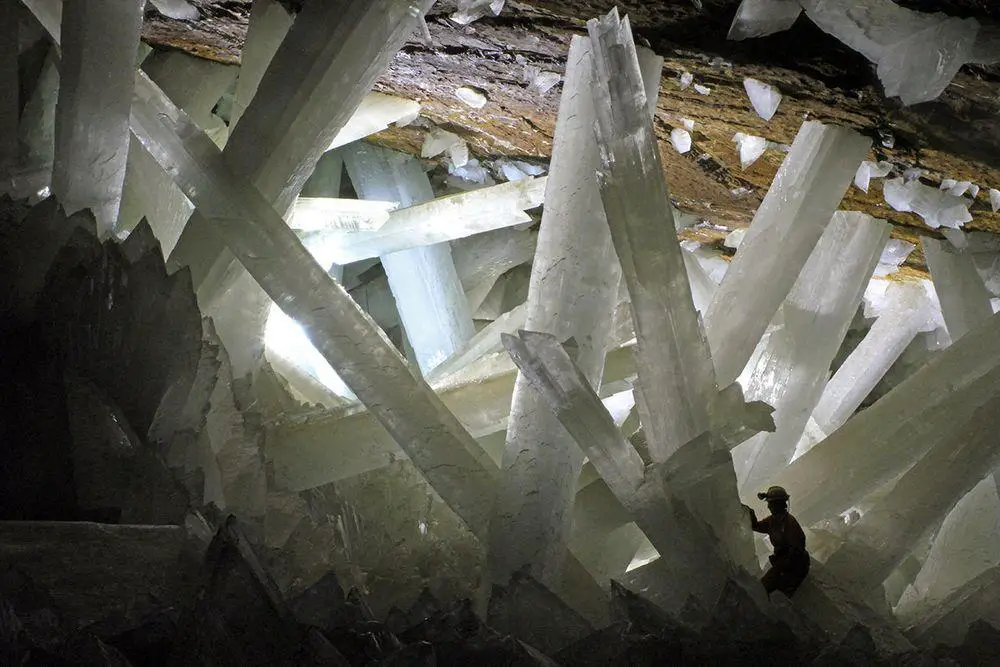Rare natural materials 🢔 Geological wonders 🢔 Categories of wonders
Wonder
Oklo Mines – the only natural nuclear reactor

nicktsurikov, screenshot from Youtube video
 In short
In short
First time when humans launched a nuclear chain reaction was in 1942, in Chicago. But there is one place on Earth where nature itself launched a natural nuclear reactor some 1.8 – 1.7 billion years ago: Oklo Mines in Gabon, Africa.
 33.3%
33.3%
GPS coordinates
Map of the site
If you see this after your page is loaded completely, leafletJS files are missing.
 In detail
In detail
Main uranium mines of France
In 1956, when Gabon still was a part of French Equatorial Africa, geologists discovered here rich uranium ores. These mines were located in the tropical forest not too far away from the oldest French town in Gabon – Franceville.
Some years later Gabon became an independent nation. Nevertheless, mining operations in Oklo developed, and the obtained material was sold to Europe. Over the next 40 years, miners were digging for uranium which powered many nuclear power plants in Western Europe. Now the mines are exhausted and former mines – landscaped.
Where is the missing isotope of uranium?
Uranium has several isotopes. In nature the proportion between these isotopes is quite exact: 99.27% consists of uranium-238, 0.72% – uranium-235 and also a little bit – 0.005% – uranium-234.
For nuclear energy and also for the production of nuclear weapons extremely important is uranium-235. This is the only naturally occurring fissile isotope – e.g. the only substance which can maintain nuclear fission chain reaction.
Thus the only really important part of uranium mine is these 0.72% of uranium-235.
Analysis of the uranium from Oklo Mines in France, Pierrelatte uranium enrichment facility in May – September 1972 showed that these ores contain less uranium-235 than normally: only 0.6% and sometimes as low as 0.296%.
Did someone steal the valuable uranium-235?
Natural nuclear reactor?
French physicists Henri Bouzigues, Francis Perrin, and other scientists continued research and proved that something is definitely not normal with the uranium ores from Oklo Mines. All samples had an abnormal composition of uranium isotopes. Some other chemical elements had unusual isotopic compositions too, such as increased percentage of 143Nd (neodymium) and 99Ru (ruthenium) isotopes. Scientists could explain this only by the loss of the uranium isotope through chain reaction leading to the increase of specific neodymium and ruthenium isotopes.
Existence of such a natural nuclear reactor was predicted by other scientists including Paul Kazuo Kuroda (USA) in 1956. And now French scientists discovered it in real life!
Geological history
Nuclear reaction here started long, long ago: some 1.7 billion years ago, in Precambrian times. This natural nuclear reactor formed due to several coincidences:
- First: this was unusual uranium ore with high concentration of the 235U isotope reaching up to 3.1%. Such higher concentrations were possible in those times.
- Second: reaction at first did not start because the atmosphere of Earth did not contain enough oxygen. Then the level of oxygen gradually increased: and only in the presence of oxygen did uranium became soluble in water. Thus groundwater made it possible to accumulate rich uranium ore deposits where the chain reaction could start.
- Third: the uranium ore was soaked with groundwater. Water started to act as a neutron moderator and a chain reaction started. Reaction warmed up the water and it boiled away, stopping the reaction for some hours. Then the water returned and the chain reaction started again. This continued for hundreds of thousands of years until the isotope composition changed and the reaction could not be sustained anymore.
Rough estimates show that during one year these nuclear reactors produced some 15,000 MW of energy, and temperatures reached some 200 – 300 °C.
Unique landmark
Specialists have found several more such natural nuclear reactors nearby – but nowhere else in the world. Oklo Mines up to now is the only known place on Earth where the natural nuclear reactor has been found.
Nature has preserved in intact form all the chemical byproducts of this natural nuclear reaction including such exotic elements as lanthanum, neodymium, yttrium, and others. This helps us to obtain much information about this unique process. Also – Oklo Mines serve to us as proof that in safe geological conditions, nuclear waste products can be safely stored for… 1.7 billion years!
References
- George A. Cowan, A Natural Fission Reactor. Scientific American, Vol. 235, No. 1 (July 1976), pp. 36-47.
Oklo Mines are included in the following article:
 Linked articles
Linked articles

Wonders of Gabon
Gabon is a sparsely populated country where 85% is covered with equatorial rainforest. Highlights of this country are impressive ecosystems including unusual relict rainforests which persisted during the ice age thanks to the fog from cold ocean streams nearby. In the country are located also impressive waterfalls and rapids.

Rare natural materials
There are places in the world, where one can find such materials which are not present anywhere else on Earth – or can be found just in a few places. These wonders are included in the category of rare natural materials.

Wonders of Africa
Africa has many outstanding wonders and some of the most surprising ones are the heritage of Egyptian civilization, the vernacular architecture of the Sahel region, tropical ecosystems, and others.
 Recommended books
Recommended books
Rare: The High-Stakes Race to Satisfy Our Need for the Scarcest Metals on Earth
How will your life change when the supply of tantalum dries up? You may have never heard of this unusual metal, but without it, smartphones would be instantly less omniscient, video game systems would falter, and laptops fail. Tantalum is not alone. Rhodium. Osmium. Niobium. Such refugees from the bottom of the periodic table are key components of many consumer products like cell phones, hybrid car batteries, and flat-screen televisions, as well as sophisticated medical devices and even weapon systems.
A Guide to Finding Gemstones, Gold, Minerals & Rocks
Follow in the footsteps of successful gem and gold hunters and search the hills for rough diamonds, colored gemstones, lapidary minerals, precious metals, and interesting minerals and rocks. Written for the geoscientist, prospector, and rockhound; the first part of the book focuses on the physical characteristics of gems and minerals. This is supplemented with the second part of the book that describes dozens upon dozens of colored gem, diamond, gold, mineral, and rock localities using the Public Land Survey System and GPS coordinates so the reader can visit these sites on a home computer with aerial and satellite imagery to gain an understanding of what to look for in the field.



